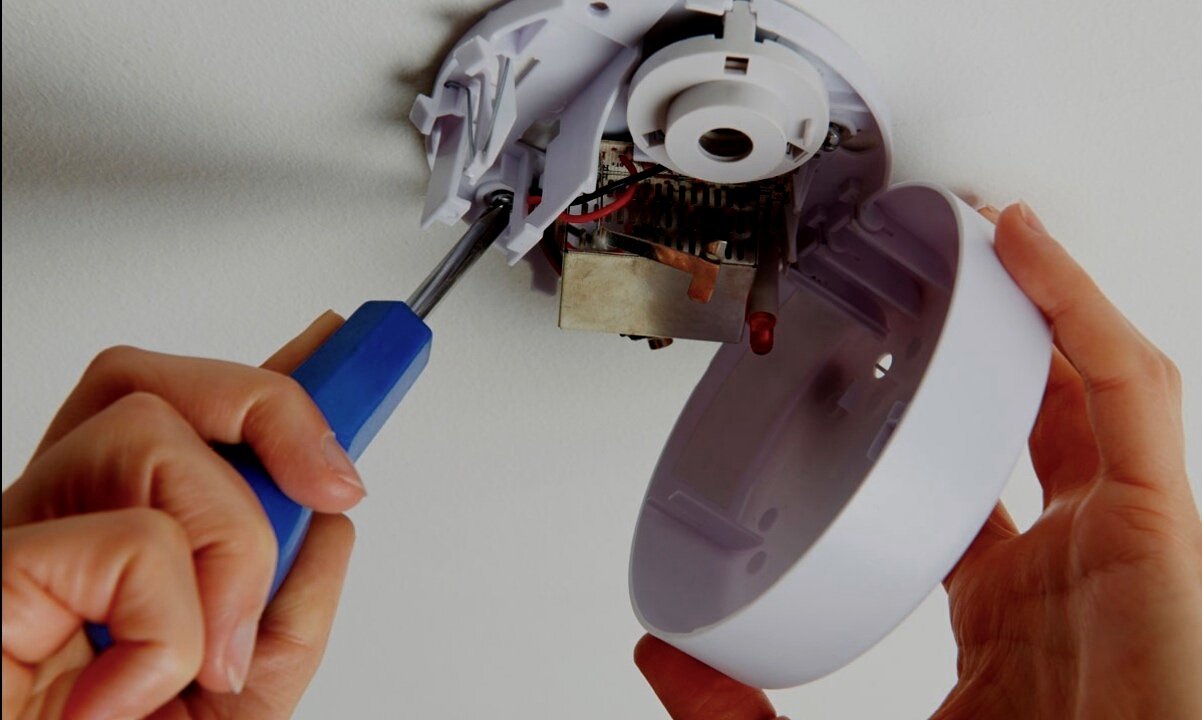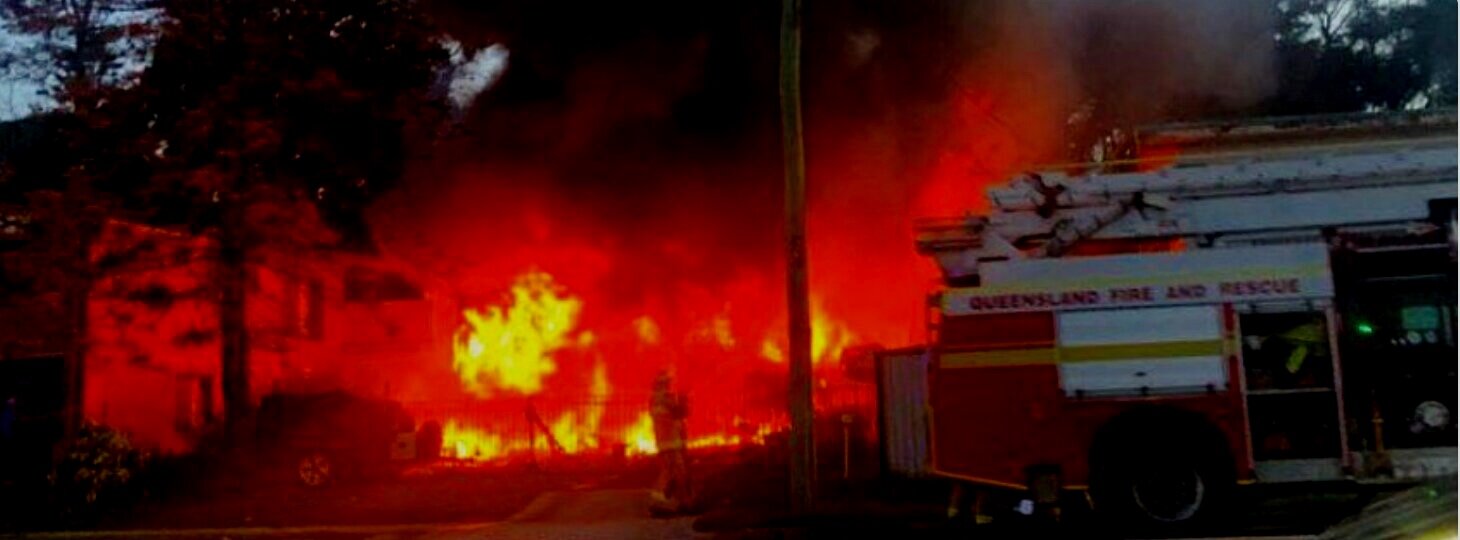
Photoelectric Smoke Alarms. It’s the Law.
Auslek professionally installs smoke alarms to protect you and your property
Smoke alarms are not just essential, it is mandated by law in Australia that all dwellings have photoelectric smoke alarms installed in multiple locations so that in the event of a fire, the smouldering fumes will be detected by the unit and immediately alert the occupants to the developing danger.
Fire can occur due to many different situations and sometimes inadvertently, however it is your responsibility to ensure that whatever the reason, your family and your property are protected day and night with a compliant photoelectric smoke alarm installed at the correct locations.
Queensland Legislation
It is mandated that by 1 January 2022
Smoke alarms in all dwellings must:
be photoelectric (AS3786-2014); and
not also contain an ionisation sensor; and
Be hardwired to the mains power supply, if currently hardwired. Otherwise, smoke alarms can be either hardwired or powered by a non removable 10 yr battery or a combination of both.
be interconnected with every other smoke alarm in the dwelling so all activate together.
Queensland legislation requires smoke alarms must be installed in the following locations:
on each storey
in each bedroom
if there is no hallway, between the bedroom and other parts of the storey; and
if there are no bedrooms on a storey, at least one smoke alarm must be installed in the most likely path of travel to exit the dwelling.
Ionisation Smoke Alarms Vs Photoelectric Smoke Alarms
The older style smoke alarms were ionisation smoke alarms which contained a very minute amount of radioactive material. This material reacted to particles emitted during a fire which would trigger the alarm. Ionisation alarms were designed to detect fast-flaming fires, however these types of fires usually don't emit much visible smoke. House fires tend to smoulder long before they flare into dangerous flames, and ionisation alarms are inefficient at detecting smoke in comparison to the new photoelectric smoke alarms.
That’s why it’s important to examine the model of your smoke alarms in your property as well as the use by date, and if necessary and as required by law, replace them with the next generation of interconnected smoke alarms

Make sure that you are protected.
Whether you are an owner occupier or a landlord, whether you are building, renovating or selling your property, it’s important to understand your responsibilities when it comes to smoke alarms.
Smoke Alarms for your family home
We take great pride in renovating our homes with the latest lighting fixtures, new appliances and security cameras. The reality is that the safety within our homes should take precedence over aesthetics as nothing is more important than the well being of our family, day and night. The worst case scenario is that a fire should engulf our homes and endanger the lives of our loved ones, and ultimately destroy our homes and possessions. Unfortunately, many older homes don’t have smoke alarms or the smoke alarms that are installed are out of sight and out of mind and consequently are out of date. When they have expired the 10 year date they are no longer considered legally functional, there is the real possibility that the smoke alarm may fail under the worst circumstances of a fire starting in your home.
Should this happen, not only is your family in danger, your home insurance may come under question as well.
Smoke Alarms for your tenants
Smoke alarms that are interconnected will be legislated as mandatory in all rental properties from 1st January 2022. This means that should one alarm be triggered, all the alarms in the property will be activated notifying the residents of the fire danger. There are also requirements for landlords to fulfil smoke alarm maintenance for the safety of their tenants. The smoke alarms need to be tested and cleaned 30 days prior to a tenant occupying the premises and also be cleaned and tested annually.
Correctly installed photoelectric smoke alarms will ensure that the safety of your tenants and and your property are delivered, giving everyone peace of mind.
Building or Renovating
Building and renovating is an exciting and stressful time as we see the old replaced with new and our best ideas come to life. We may be preoccupied with style and design, but safety should be front of mind when we start these processes. As of 1 January 2017, As part of a building approval process, requiring a Building Certifier, all new homes and renovations should have the required interconnected smoke alarms that are photoelectric professionally installed pursuant to the requirements of the National Construction Code (NCC), formally known as Building Code of Australia (BCA) and the Building Regulation 2006.
As a member of Master Electricians, Auslek can help get this ticked off your must do list without any hassles.
Selling your property
As a vendor, by law it is your responsibility to ensure that the property that you intend to sell meets the legislative requirements for smoke alarms being interconnected and photoelectric, meeting the Australian standard. Smoke alarms have a use by date on the back of the unit so you can also check to see that they are up to date and safety tested as well. This can be done be pressing the button to ensure that the alarm is able to be activated.
The vendor is also required to submit Form 24 with the Queensland land Registry Office stating that the requirements of functionality have been met.

In Australia, smoke alarms are a mandatory fixture and as devastating a proposition of a fire in your property can be, it’s a simple fix and a priority that homeowners must take very seriously.



